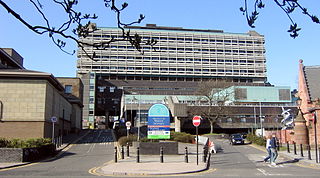
The Western Infirmary was a teaching hospital situated in Yorkhill in the West End of Glasgow, Scotland, that was managed by NHS Greater Glasgow and Clyde. It was opened in 1874 and closed in 2015.
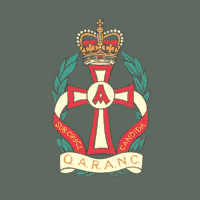
Queen Alexandra's Royal Army Nursing Corps was the nursing branch of the British Army Medical Services.

Dame Joanna Margaret Cruickshank, was a British military nurse and nursing administrator. She founded Princess Mary's Royal Air Force Nursing Service in November 1918 and served as its first Matron-in-Chief from 1921 until her retirement in November 1930.
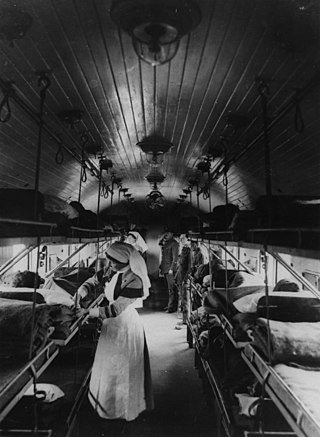
The Territorial Force Nursing Service (TFNS) was established in 1908, part of the reform of the British auxiliary forces introduced by Richard Haldane which created the Territorial Force. Nurses with at least three years of training were able to volunteer for the service, and facilities comprised 23 large buildings earmarked for use as hospitals in the event of war. The TFNS was augmented by the affiliation of Voluntary Aid Detachments. On the outbreak of the First World War, the hospitals were commissioned and up to 2,784 nurses mobilised to staff them. By the end of the war, up to 8,140 nurses had served with the TFNS, 2,280 of them in hospitals and casualty clearing stations abroad. After the war, the TFNS became the Territorial Army Nursing Service in line with the reconstitution of the Territorial Force as the Territorial Army.
Catherine Murray Roy, was a decorated Scottish military nurse who served at the front during the First World War. She was later Matron-in-Chief of Queen Alexandra's Imperial Military Nursing Service.
Dame Sarah Elizabeth Oram, was a senior member of the Army Nursing Service and the Queen Alexandra's Imperial Military Nursing Service (QAIMNS). She served as Principal Matron, Nursing Inspector in the QAIMNS, and was attached to the British Expeditionary Force in France from 1914 to 1915 and subsequently as Acting Matron-in-Chief, QAIMNS, in the Eastern Mediterranean Expeditionary Force from 1915 to 1919 during the First World War.
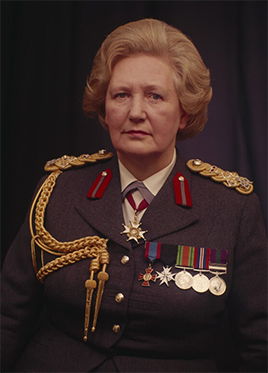
Brigadier Helen Cattanach, was a British military nurse and nursing administrator who served as Director of British Army Nursing Services (DANS) and Matron-in-Chief of Queen Alexandra's Royal Army Nursing Corps from 1973 to 1977.
Brigadier Dame Anne Thomson, was a British military nurse, matron and nursing administrator. She was Matron-in-Chief of Queen Alexandra's Royal Army Nursing Corps (QARANC) from 1948 to 31 January 1949, and Director of Army Nursing Services from 1 February 1949 to 1952. She was succeeded by Dame Helen Gillespie.
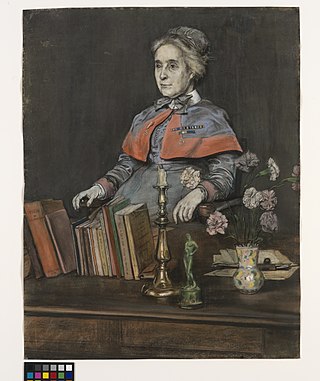
Dame Sidney Jane Browne, was the first appointed Matron-in-Chief of the newly formed Queen Alexandra's Imperial Military Nursing Service (QAIMNS). After she retired from the QAIMNS she was appointed as Matron-in-Chief of the Territorial Force Nursing Service. Browne was appointed a Dame Grand Cross of the Order of the British Empire in 1919 and, in 1922, she became the first President of the Royal College of Nursing, a post she held until 1925.
Caroline Keer, was a British military nurse and nursing administrator, who served in Natal during the Second Boer War. She was matron-in-chief of Queen Alexandra's Royal Army Nursing Corps between 1906 and 1910.
Brigadier Dame Florence Barbara Cozens, was a British military nurse and nursing administrator.
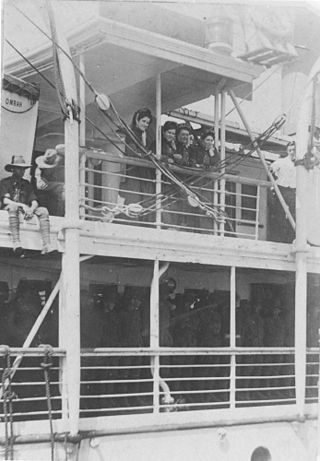
Australian women in World War I, were involved in militaries, and auxiliary organisations of the Allied forces abroad, and in administration, fundraising, campaigning, and other war time efforts on home front in Australia. They also played a role in the anti-war movement, protesting conscription, as well as food shortages driven by war activities. The role of women in Australian society was already shifting when the war broke out, yet their participation on all fronts during the Great War escalated these changes significantly.
Dame Louisa Jane Wilkinson, was a British military nurse and nursing administrator who served as Matron-in-Chief of the Queen Alexandra's Imperial Military Nursing Service from 1944 to 1948. She founded Queen Alexandra's Royal Army Nursing Corps, and was also president of the Royal College of Nursing.

Isla Stewart was an English hospital matron of St Bartholomew's Hospital in London and a founding member of the Royal British Nurses' Association.
The history of nursing in the United Kingdom relates to the development of the profession since the 1850s. The history of nursing itself dates back to ancient history, when the sick were cared for in temples and places of worship. In the early Christian era, nursing in the United Kingdom was undertaken by certain women in the Christian Church, their services being extended to patients in their homes. These women had no real training by today's standards, but experience taught them valuable skills, especially in the use of herbs and folk drugs, and some gained fame as the physicians of their era. Remnants of the religious nature of nurses remains in Britain today, especially with the retention of the job title "Sister" for a senior female nurse.
Beatrice Isabel Jones, was a British nurse who, after serving in several civilian hospitals, volunteered for military service. She served in the Second Boer War in South Africa and then later served during the First World War in Baghdad as matron-in-chief of Mesopotamia. She was one of the inaugural recipients of the Florence Nightingale Medal.

The Louise Margaret Hospital was opened in 1898 to cater for British Army soldiers' wives and children in the military town of Aldershot Garrison. It started with fifty-three beds and about half of its cases were maternity patients. In 1958 it became the Louise Margaret Maternity Hospital, and closed in 1995. The old hospital is part of a group of historic buildings with legal protection and, as of 2016, is expected to be used in a redevelopment project.
Laura Elizabeth James was a New Zealand nurse. She served in the Queen Alexandra Imperial Military Nursing Service during World War I and was one of the most decorated nurses of World War I.
This is a timeline of women in the Indian military and Coast Guard.
Katherine Edith McCall Anderson RRC & Bar (1866–1924) was a leading civilian and military matron, receiving the Royal Red Cross (RRC) award for her service in the second Boer War and the RRC Bar for her service in World War One.








